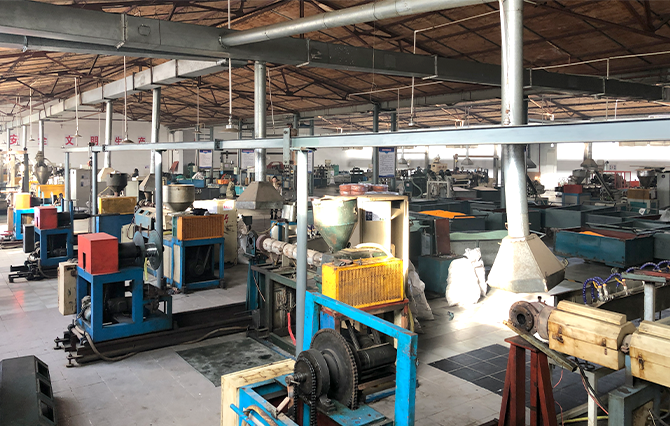Helix Reinforced Hoses for Durable and Flexible Applications
Understanding Helix Reinforced Hoses
In various industries, the need for durable and flexible hoses is paramount. One solution that has gained prominence is the helix reinforced hose. These hoses are designed to withstand extreme conditions, providing an efficient way to transport fluids, gases, and even solids. Their unique structure and properties make them an essential component in numerous applications, ranging from industrial to commercial settings.
Helix reinforced hoses are constructed with a spiral wire helix embedded within the hose wall. This helix adds strength and flexibility, allowing the hose to maintain its shape and resist collapsing under vacuum pressure. The reinforcement also enhances the hose's ability to withstand external impacts, making it ideal for rugged environments where other hoses may fail.
One of the primary advantages of helix reinforced hoses is their versatility. They are typically made from various materials, including PVC, rubber, and thermoplastic elastomers, catering to a wide range of applications. For instance, in the agricultural sector, these hoses are commonly used for transporting water and fertilizers. In industrial applications, they can be found moving chemicals or slurry materials, where durability and resistance to corrosion are essential.
helix reinforced hoses

Another remarkable feature of helix reinforced hoses is their ability to handle extreme temperatures and pressures
. Depending on the type of material used, these hoses can perform well in both high-temperature and low-temperature environments. This capability makes them suitable for applications in heating, ventilation, and air conditioning (HVAC) systems, as well as in manufacturing processes that involve high heat.Moreover, helix reinforced hoses are designed to be lightweight, which significantly eases handling and installation. Unlike traditional rigid piping systems, these hoses can be easily coiled and uncoiled, providing convenience for transport and storage. This adaptability also helps in reducing the time and labor costs associated with installation and maintenance.
In terms of safety, these hoses often meet various industry standards for resistance to abrasion, UV, and chemical attack. This reliability ensures that they can operate safely in demanding environments without the risk of failure.
In conclusion, helix reinforced hoses represent a significant advancement in the field of hose technology. Their robust construction, versatility, and adaptability make them a preferred choice across many industries. As more businesses recognize the advantages offered by these hoses, their adoption will likely continue to grow, leading to enhanced operational efficiency and safety in fluid transport applications.
-
Top Quality Oxy Acetylene Hoses for Sale Fit for Welding DemandsNewsJul.28,2025
-
The Future of Pneumatic Air Tubes in IndustryNewsJul.28,2025
-
Superior and Reliable LPG Hose Pipe Solutions for Every NeedNewsJul.28,2025
-
Exceptionally Durable and Versatile Premium Braided PVC TubingNewsJul.28,2025
-
Best Adapters for Connecting Garden Hose to PVC Pipe ConnectionsNewsJul.28,2025
-
The Essential Role of LPG Hoses in Safe and Efficient Gas DistributionNewsJul.16,2025














